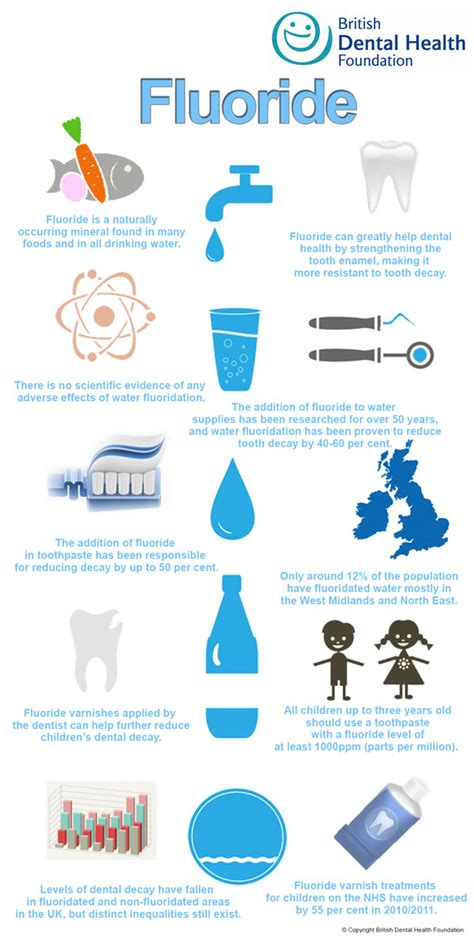Fluoride Treatments: Age & Frequency Explained
Fluoride treatments are a cornerstone of preventative dentistry, significantly reducing the risk of tooth decay. But understanding the ideal age to begin treatments and how often they're needed can be confusing. This comprehensive guide clarifies the recommended guidelines for fluoride treatments, addressing common questions and concerns.
What are Fluoride Treatments?
Fluoride treatments involve applying a high-concentration fluoride gel, foam, or varnish directly to the teeth. This strengthens the tooth enamel, making it more resistant to acid attacks from bacteria and sugars that cause cavities. The fluoride ions integrate into the enamel's structure, reinforcing its mineral content and making it less susceptible to demineralization.
At What Age Should Children Start Receiving Fluoride Treatments?
The American Dental Association (ADA) recommends that children begin receiving professional fluoride treatments as early as age six months, depending on their individual risk factors. This timing is crucial because primary teeth (baby teeth) are susceptible to decay, and cavities in baby teeth can impact the development of permanent teeth. However, it's essential to consult with your child's dentist; they will assess your child's oral hygiene habits, diet, and overall health to determine the most appropriate course of action.
What if my child is younger than six months?
For infants under six months, the focus is primarily on maintaining good oral hygiene. This typically involves gentle cleaning of the gums with a soft cloth. Your dentist can provide guidance on the best practices for oral care at this young age.
How Often Should Children Get Fluoride Treatments?
The frequency of fluoride treatments for children varies based on individual needs and risk assessment. Generally, children might receive fluoride treatments every six months to a year, especially those deemed at high risk for cavities. Your dentist will tailor the schedule to your child's specific circumstances.
Factors influencing treatment frequency include:
- Oral hygiene practices: Children with poor brushing and flossing habits might require more frequent treatments.
- Dietary habits: A diet high in sugary and acidic foods and drinks increases the risk of cavities and necessitates more frequent fluoride applications.
- Genetic predisposition: Some children are genetically predisposed to developing cavities, requiring more intensive preventative care.
- Medical conditions: Certain medical conditions can impact dental health, potentially necessitating more frequent fluoride treatments.
How Often Should Adults Get Fluoride Treatments?
Adults also benefit from fluoride treatments, although the frequency is typically less than for children. While adult teeth are more resistant to decay, professional fluoride treatments can still significantly strengthen enamel and help prevent cavities. For adults, the recommendation often ranges from once a year to every other year, again depending on individual risk factors and oral health status. Regular dental checkups and professional cleaning are crucial for adults as well.
What are the Benefits of Fluoride Treatments?
- Cavity prevention: This is the primary benefit. Fluoride strengthens enamel, making it less vulnerable to acid attacks that cause cavities.
- Enamel remineralization: Fluoride can help repair early stages of tooth decay by remineralizing damaged enamel.
- Reduced sensitivity: Fluoride can help reduce tooth sensitivity, especially in those with exposed dentin.
Are There Any Side Effects of Fluoride Treatments?
Fluoride treatments are generally very safe when administered by a dental professional. However, mild side effects such as temporary white spots on teeth or a slightly bitter taste are possible. These are usually temporary and resolve quickly. Excessive fluoride intake can lead to fluorosis, which affects tooth enamel development. This is why professional guidance is crucial to ensure appropriate fluoride application and avoid overexposure.
Are there alternatives to professional fluoride treatments?
Yes, there are other ways to benefit from fluoride. Fluoridated water is a highly effective method of fluoride uptake for communities with access. Fluoride toothpaste is another crucial element of daily oral hygiene that helps prevent cavities. However, professional fluoride treatments deliver a higher concentration of fluoride directly to the teeth, offering superior protection.
What should I do if I have questions or concerns about fluoride treatments?
The best approach is to schedule a consultation with your dentist or dental hygienist. They can assess your individual risk factors, answer any questions, and create a personalized plan that addresses your specific oral health needs.
This information is for educational purposes only and does not constitute medical advice. Always consult with your dentist or dental hygienist for any concerns about your oral health.

